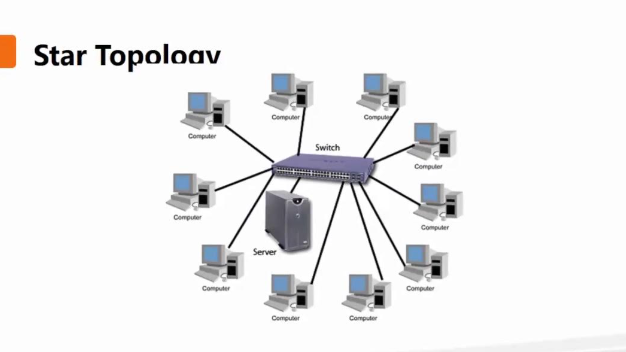Understanding the topology of computer networks is essential for efficient design, troubleshooting, and optimization. As organizations increasingly rely on digital communication, having a solid grasp of how different network structures function can significantly enhance performance and reliability. This knowledge helps in making informed decisions about network expansion, security, and resource allocation.
What is Network Topology?
Network topology refers to the arrangement of different elements in a computer network. This includes the physical layout of cables, devices, and connectors, as well as the logical arrangement of data transfer and communication pathways. By studying various topologies, such as star, ring, and mesh, professionals can identify which structure best suits their specific needs and constraints, ensuring optimal performance.
Types of Network Topologies
There are several common types of network topologies, each with distinct advantages and disadvantages. The star topology, where all devices connect to a central hub, offers ease of management and troubleshooting but can be susceptible to hub failure. Conversely, the mesh topology allows for multiple interconnections, providing greater redundancy and fault tolerance but can be more complex and costly to implement. Understanding these types allows network engineers to assess the trade-offs involved in each design choice.
Importance of Choosing the Right Topology
Selecting the appropriate network topology is crucial as it directly impacts the performance, scalability, and reliability of a network. A well-chosen topology can facilitate efficient data flow, minimize latency, and optimize bandwidth usage. Additionally, understanding the implications of each topology helps organizations anticipate growth and make informed investments, ensuring their networks can adapt to future demands.
In conclusion, a solid understanding of network topology lays the groundwork for effective network management and optimization. Taking the time to learn about the various topologies and their implications can lead to improved efficiency and reliability in your organization’s network infrastructure. Explore further to discover how to tailor these concepts to your specific networking challenges and needs!

